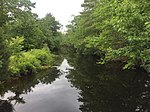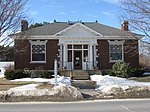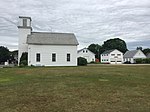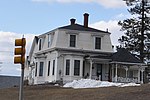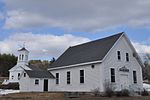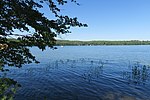Pittsfield (CDP), New Hampshire
Census-designated places in Merrimack County, New HampshireCensus-designated places in New HampshireUse mdy dates from July 2023
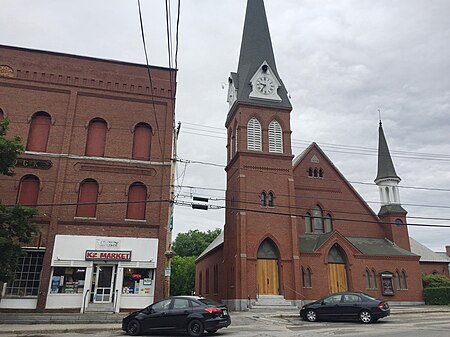
Pittsfield is a census-designated place (CDP) and the main village in the town of Pittsfield in Merrimack County, New Hampshire, United States. The population of the CDP was 1,570 at the 2020 census, out of 4,075 in the entire town.
Excerpt from the Wikipedia article Pittsfield (CDP), New Hampshire (License: CC BY-SA 3.0, Authors, Images).Pittsfield (CDP), New Hampshire
Barnstead Road,
Geographical coordinates (GPS) Address Nearby Places Show on map
Geographical coordinates (GPS)
| Latitude | Longitude |
|---|---|
| N 43.305833333333 ° | E -71.324166666667 ° |
Address
Barnstead Road 99
03263
New Hampshire, United States
Open on Google Maps



